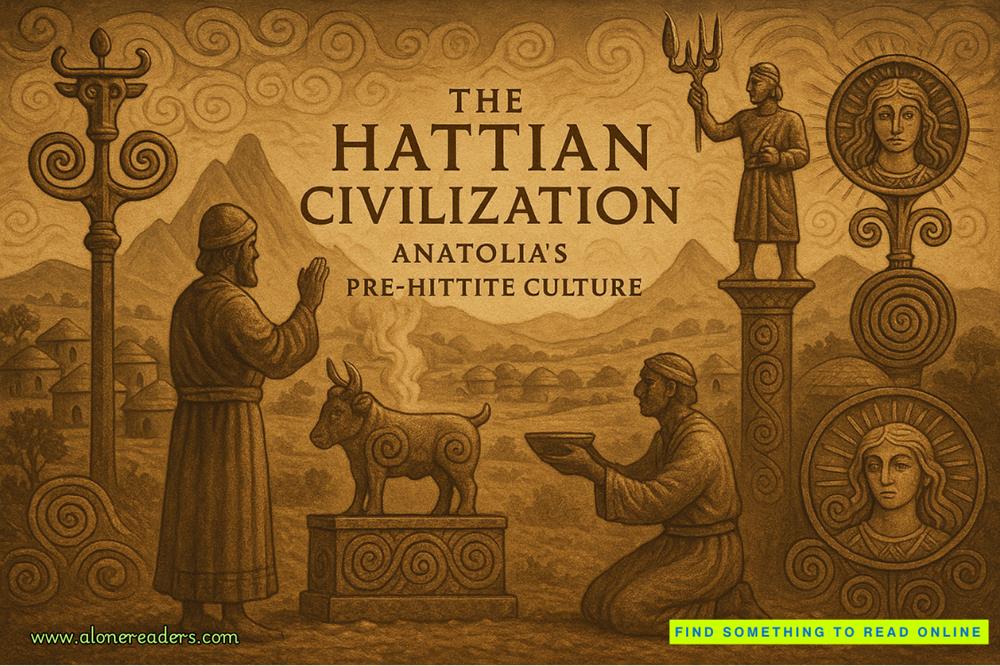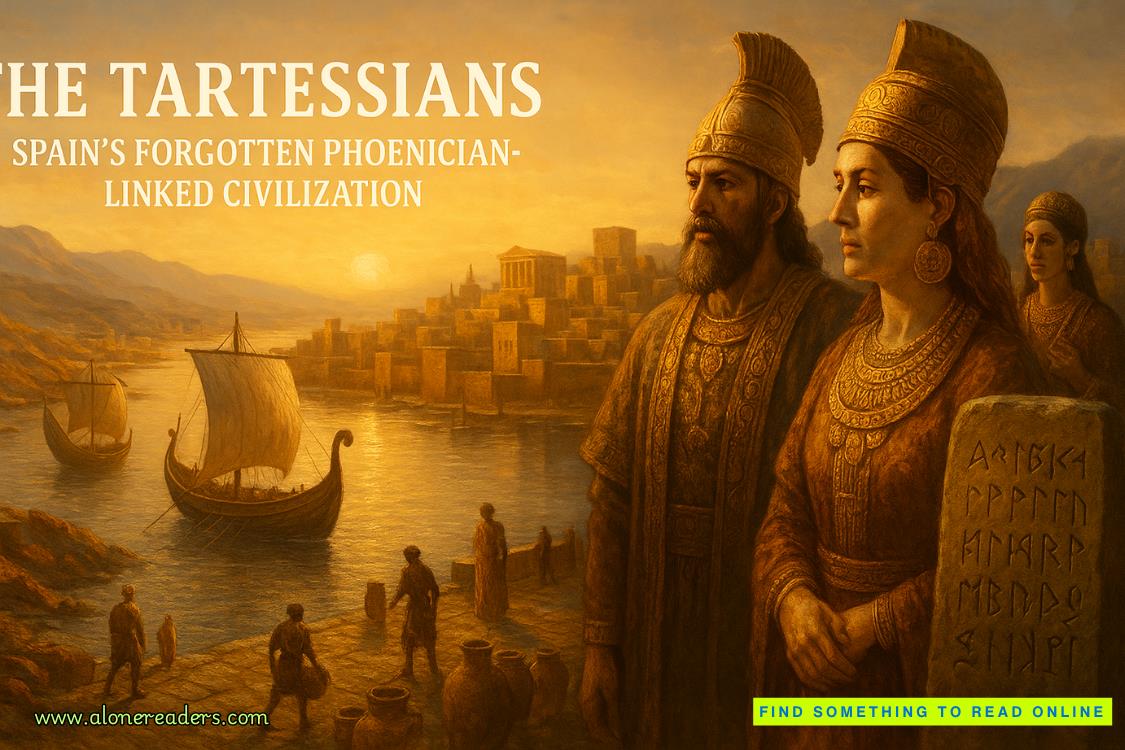It was easy to see this was once the top of the hill—the rough outcropping jutted up, surrounded by a viewing area—but it was the history, not any particular physical attribute of the rock, that made it such a sacred site. For all intents and purposes, the rock looked like thousands of others nearby.
Cabrillo left the Dome building and headed underground to the Musalla Marwan.
The Musalla Marwan lies under the paved courtyard in the southeast corner of the complex. A vast underground area also known as Solomon’s Stables, the subterranean space is domed and bisected by long walls with columns and arches. For the most part, the space is open floor and is now used as an overflow area for Friday prayers.
Here, in the cool underground, Cabrillo could feel the history seep into his bones.
Millions of souls had passed through here over the centuries, seeking a closer contact with their God. The area was quiet, with only the sound of water dripping from some faraway spring, and for a moment Cabrillo was hit with the gravity of Hickman’s plans. Somewhere right now was a man so bound in hatred and infused with revenge for his dead son that he wanted to rid the world of three such places. Cabrillo felt a chill. Millions of men had fought and died nearby and their spirits felt close.
Cabrillo turned to leave.
Whatever nefarious plan Hickman had in store would start here—and it was up to Cabrillo and the Corporation to stop him in his tracks. He climbed up the stone steps and reentered the courtyard area. A dry wind brushed across him. He walked for the gate.
AT AN AIRFIELD near Port Said, Egypt, Pieter Vanderwald ta
xied to a stop in an ancient Douglas DC-3. The plane had served a long and useful life hauling cargo throughout the African continent. The twin-engine DC-3 is a legendary aircraft; thousands were built over the years, starting in 1935, and hundreds are still in service. The military version of the plane, the C-47, was used extensively in World War II, Korea, and even Vietnam, where they were outfitted as gunships. Also known as the Dakota, the Skytrain, Skytrooper, and Doug, it was most often referred to as Gooney Bird.
The Gooney Bird Vanderwald was piloting had one foot in the aviation graveyard.
Destined for the scrap yard in South Africa and lacking an air worthiness certificate, Vanderwald had purchased her for a song. Quite frankly, he was surprised she had made the trip north, but she had. Now, if the old plane had but one more flight in her bones, she could die a noble death.
The DC-3 is a tail dragger. The cockpit sits high to the front with the cargo compartment stretching back in an angle toward the runway. Her length is sixty-four and a half feet, her wingspan ninety-five.
Powered by a pair of 1,000-horsepower radial engines, she has a range of fifteen hundred miles and a cruising speed of between 155 and 190 miles per hour. With flaps extended, she can slow to almost a crawl before landing.
In an age when planes are as sleek and smooth as a knife, the DC-3 is an anvil. Solid, unyielding, and always ready, the plane asks little and goes about her job with little fanfare. She is a pickup truck in a parking lot full of Corvettes.
Vanderwald shut off the engines and slid back the cockpit window.
“Chock the wheels, fill her up,” he shouted to the Egyptian attendant who had guided him to the spot on the runway. “And top off the oil. Someone will be here to pick her up soon for the next leg.”
Then Vanderwald walked down the slanted cockpit area, unfolded the stair, and stepped onto the runway. Two hours later, he was in Cairo waiting for a flight back to Johannesburg. As soon as the funds were wired to his account, his part would be over.
CABRILLO ANSWERED HIS phone just as he was reaching the rental car.
“The Hawker just crossed over the edge of the Mediterranean,” Hanley said. “It looks like she is bound for Rome.”
“Call Overholt and have the plane impounded when it lands in Rome,” Cabrillo ordered. “Maybe Hickman has decided to pull out.”
“I doubt it,” Hanley said.
“Me, too,” Cabrillo said. “In fact, I’ll bet that’s not the case.”
“Then how is he planning to make his escape?”
Cabrillo paused. “I don’t think he is—I think he’s planning a suicide mission.”
The line was silent. “We’ll factor that in,” Hanley said at last.
“I have to go meet with the Mossad,” Cabrillo said. “I’ll call you after.”
THE SUN WAS setting as the old pearling ship carrying Hickman entered the Khalij as-Suways at the northern end of the Red Sea. The five-hundred-mile trip from Rabigh had been slow but steady, and the ship would be entering the Suez Canal this evening as planned. The ship was cramped and Hickman had spent his time alternating between the small cockpit where the helmsman steered and the rear deck where the air was not polluted with the thin cigars the pilot chain-smoked.
Abraham’s Stone was wrapped in a tarp on the deck next to Hickman’s single bag, which contained a change of clothes, some basic toiletries, and a three-ring folder that he had been studying off and on the entire voyage.
“HERE’S WHAT I have,” Huxley said as she walked into the control room. “I took the photographs Halpert and the others shot at Maidenhead, then erased the gas mask and used the biometric computer program to create a composite.”
Hanley took the disc and walked over to Stone, who inserted it into the drive on the main computer. An image popped up on the monitor.















